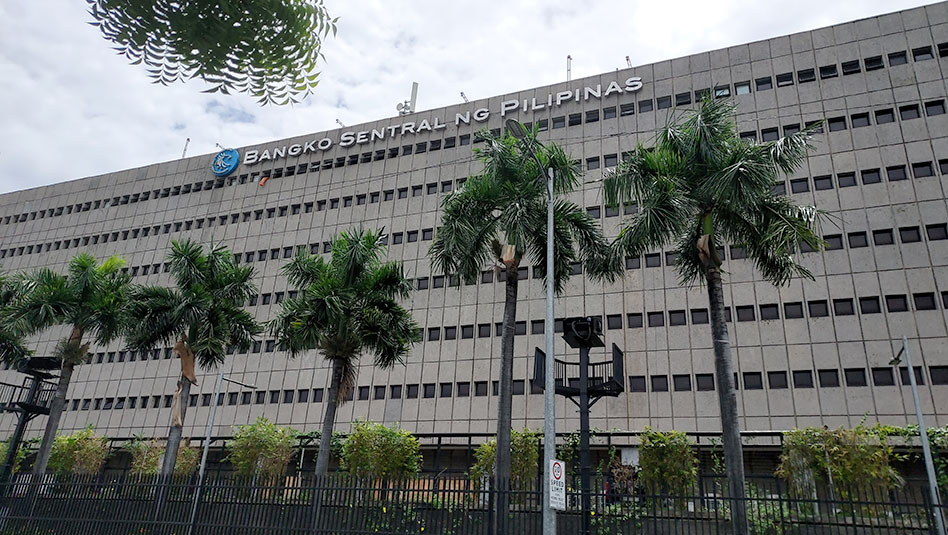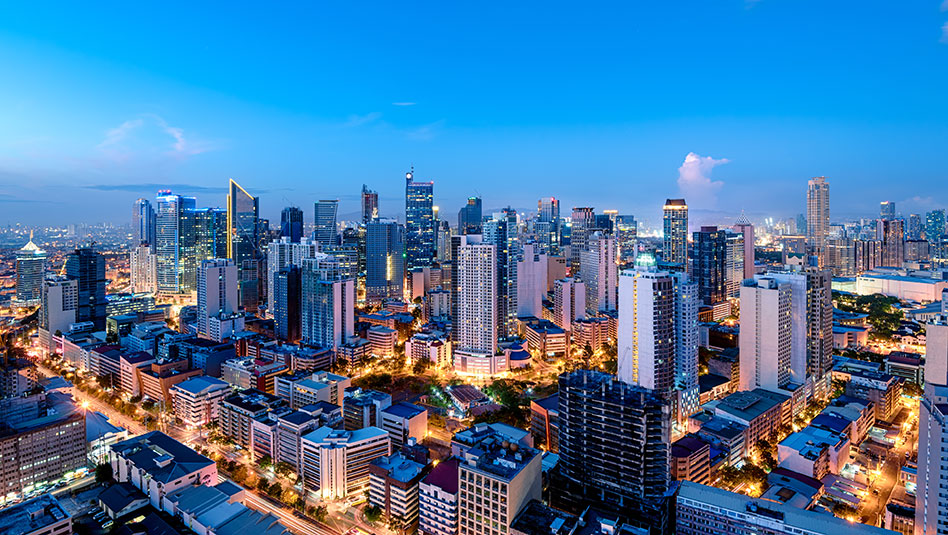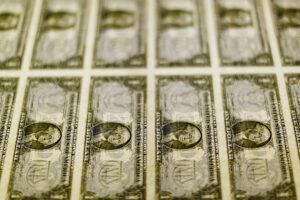




Policy Rate Updates: Closer to BSP’s Goldilocks moment
 DOWNLOAD
DOWNLOAD

Inflation Update: Speeds up but remains below target
 DOWNLOAD
DOWNLOAD

Monthly Economic Update: Fed back on track
 DOWNLOAD
DOWNLOAD


Philippines’ dollar reserves jump to USD 108.8B at end-September

The Philippines’ dollar reserves rose to its highest in 11 months at end-September, driven by higher global gold prices, earnings from the central bank’s investments and the National Government’s foreign currency deposits.
Preliminary data from the Bangko Sentral ng Pilipinas (BSP) showed that gross international reserves (GIR) reached USD 108.805 billion as of end-September, up 1.6% from USD 107.098 billion in August.
This was the highest GIR level in nearly a year or since the USD 111.084 billion seen in October 2024.s
However, it was 3.5% lower than USD 112.707 billion in September last year.
“The Philippines’ gross international reserves rose in September 2025 due to higher global gold prices, income from Bangko Sentral ng Pilipinas’ investments, and foreign currency deposits by the National Government with the BSP,” the BSP said in a statement.
Dollar reserves are the central bank’s foreign assets held mostly as investments in foreign-issued securities, foreign exchange and monetary gold, among others.
These are supplemented by claims to the International Monetary Fund (IMF) in the form of reserve position in the fund and special drawing rights (SDRs).
BSP data showed the level of dollar reserves in the nine-month period is enough to cover about 3.6 times the country’s short-term external debt based on residual maturity.
It is also equivalent to 7.3 months’ worth of imports of goods and payments of services and primary income, well above the three-month standard.
“The latest GIR level provides a robust external liquidity buffer,” the central bank said in a statement.
Ample foreign exchange buffers protect the country from market volatility and ensure that it is capable of paying its debts in the event of an economic downturn.
The BSP’s foreign investments inched up by 0.3% to USD 87.243 billion as of end-September from USD 86.987 billion in the previous month. However, it went down by 8.4% from USD 95.199 billion in the same period a year ago.
Central bank data also showed that its gold holdings were valued at USD 16.385 billion, jumping by 12.8% from the USD 14.523 billion seen at end-August and by 50.9% from USD 10.86 billion last year.
Meanwhile, foreign exchange holdings slumped by 44.9% to USD 505.1 million in September from USD 916.1 million in August and by 75.3% from USD 2.042 billion a year earlier.
The Philippines’ reserve position in the IMF edged up by 0.2% to USD 737.7 million at end-September from USD 736.4 million in August. It climbed by 0.9% from USD 731.1 million in September 2024.
SDRs — or the amount the Philippines can tap from the IMF’s reserve currency basket — were unchanged month on month at USD 3.935 billion. Year on year, it was 1.5% higher than USD 3.875 billion.
The BSP also reported that net international reserves inched up by 1.6% to USD 108.8 billion as of end-September from USD 107.1 billion as of end-August.
Net international reserves refer to the difference between the BSP’s reserve assets (GIR) and reserve liabilities, including short-term foreign debt, and credit and loans from the IMF.
“This GIR uptrend appears to be above expectations as the end-September GIR already exceeds the BSP’s year-end target of USD 105 (billion),” Security Bank Corp. Chief Economist Angelo B. Taningco said in an e-mail.
However, Mr. Taningco noted that a weakening peso could pose risks to the country’s dollar reserves in the coming months.
“Potential risks on GIR in upcoming months include persistent peso depreciation pressures induced by foreign capital outflows and higher (United States) Treasury yields,” he said.
At end-September, the local currency closed at PHP 58.196 per US dollar, falling by PHP 1.066 from its PHP 57.13 finish on Aug. 29.
Rizal Commercial Banking Corp. Chief Economist Michael L. Ricafort also noted a USD 411-million month-on-month decline in the central bank’s foreign exchange holdings amid the foreign exchange market volatility and “political noises.”
Earlier this month, the BSP revised its GIR projection for this year to USD 105 billion, slightly higher than its previous forecast of USD 104 billion. In 2026, it expects GIR to reach USD 106 billion. — Katherine K. Chan
This article originally appeared on bworldonline.com





 By BusinessWorld
By BusinessWorld